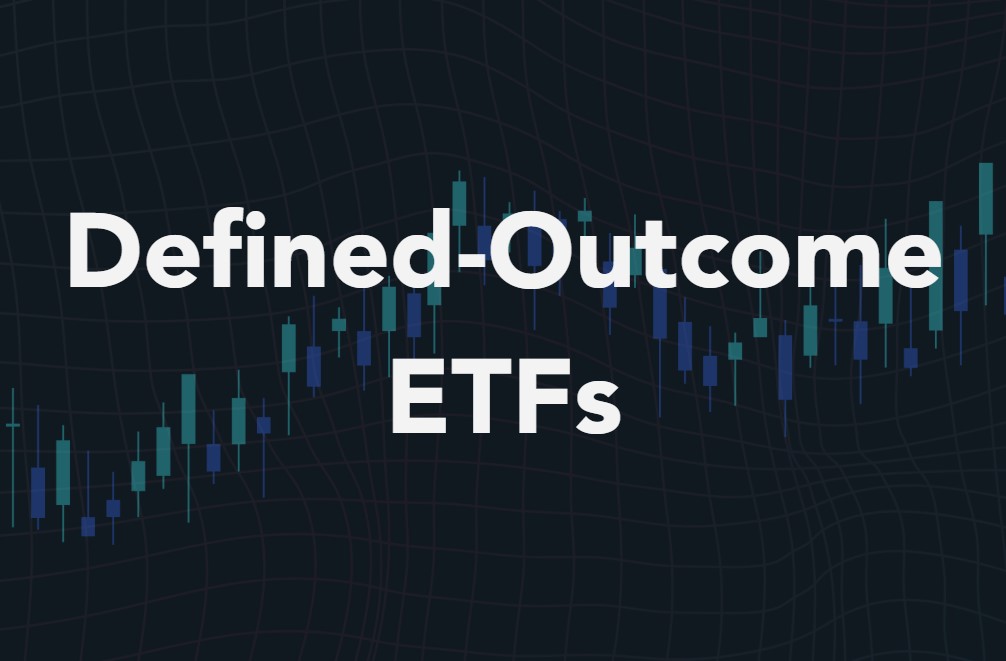Defined-Outcome ETFs: Clarity in Uncertain Times

Written by: Paolo LaPietra, CFP®
Sometimes the market just wants to keep us on our toes. April was a perfect reminder of that—when the S&P 500 dropped over 15% seemingly overnight on tariff fears and recession whispers. And yet, here we are, not even into June, and the index has already clawed its way back into positive territory.
In a year dominated by volatility, policy uncertainty, and whipsawing investor sentiment, defined-outcome ETFs have quietly proven to be one of the most effective tools for portfolio risk management. At Bouchey Financial Group, our decision to incorporate these ETFs—specifically the First Trust Defined Outcome ETF GOCT—into our portfolios was validated during the turbulence of April 2025.
When the S&P 500 dropped as much as 15.07% from its highs on April 8th, largely due to fears over sweeping new tariffs and deteriorating trade relations, GOCT held up far better—posting a much smaller drawdown of only 7.45%. That nearly 8-percentage-point differential exemplifies the value these products bring to the table: exposure to equity markets with a built-in buffer to the downside and known upside potential.
GOCT offers a 15% downside buffer and caps annual upside potential at 11.66%. This design allows our clients to remain invested in the S&P 500 with a level of protection that helps mitigate behavioral mistakes (like panic selling) during drawdowns.
Equally compelling is the tactical opportunity these vehicles can create during stressed markets. When markets experience sharp drawdowns—like we saw in April—the performance differential between defined-outcome ETFs and the broader index can present a potential arbitrage opportunity: selling the buffered ETF at a smaller loss and reallocating into core equity exposure when valuations are more attractive, potentially enhancing the rebound effect in a recovery.
Defined-outcome ETFs aren’t magic, and they come with trade-offs. Namely, the cap on gains and the need to understand outcome periods and purchase timing. But when used correctly and deliberately, they can serve as both a stabilizer and a tactical lever in a diversified portfolio.
These strategies should be viewed as a complement—not a replacement—for long-term equity exposure. Over time, the S&P 500 has historically rewarded investors who remain fully invested, and defined-outcome ETFs, by design, cap that long-term upside. However, allocating a tactical portion of your equity portfolio to these products can help weather the storm during bouts of volatility, improve risk-adjusted returns, and present opportunistic entry points during market dislocations.
In today’s environment of heightened uncertainty, incorporating hedge strategies like defined-outcome ETFs can create stability, peace of mind, and even opportunity—if used thoughtfully and correctly. With tools like GOCT, we can build portfolios that remain invested, manage downside risk, and tactically respond to market dislocations.
To learn more about how we integrate buffered strategies into our investment process, visit us at bouchey.com.